Tulsa’s Spotlight Theatre Hosts Longest Running Production In the US
The Beginning
History
Show Longevity
Spotlight Video
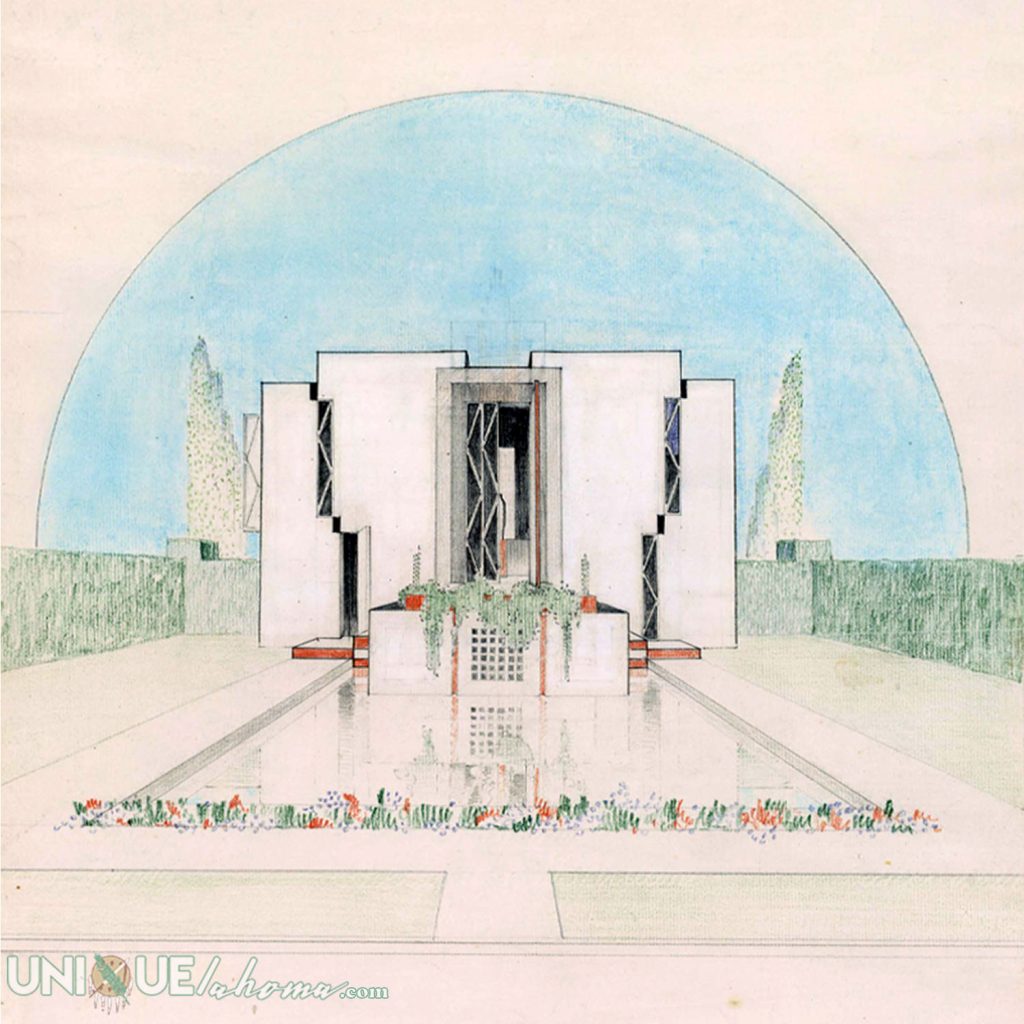
There is an aroma of the past as one walks into the small lobby at 1381 Riverside Drive in Tulsa. It’s almost familiar and yet foreign at the same time, as though in our psyches, there is a distant connection that is relatable but a bit out of reach in this modern world. Its movie theatre carpeting and multiple layers of paint that have been rolled and brushed over the old walls first constructed in 1928 are welcoming in the same way an old screen door welcomes back an aging soul who darted through it as a child.
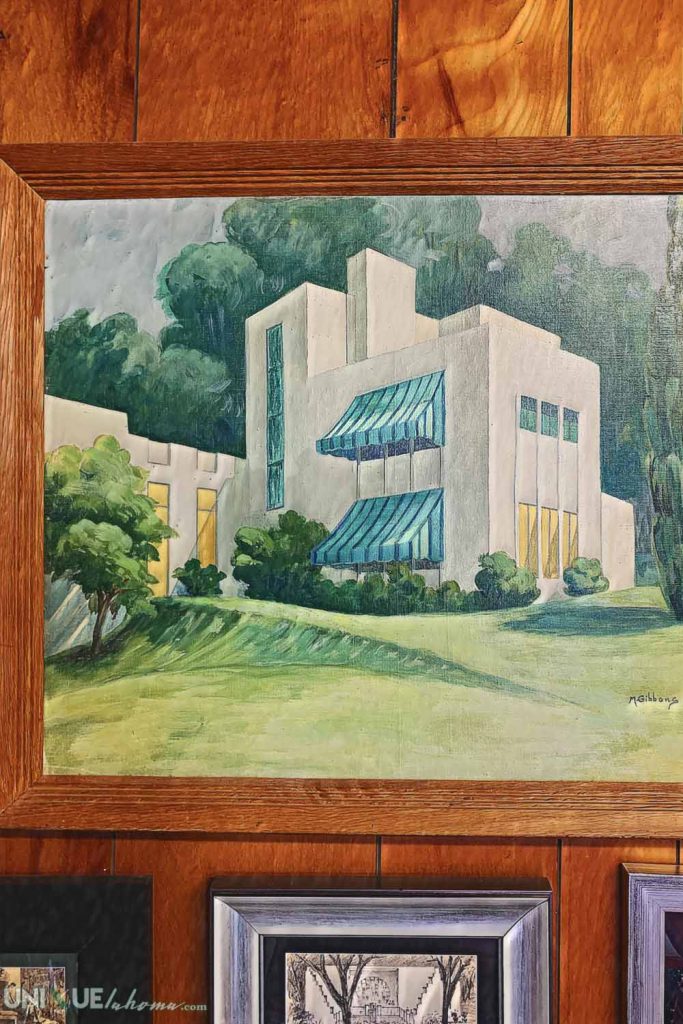
It’s an attempt to bring the present from the past while also beckoning those who enter to step back in time for an entertainment experience of the past. But those old walls hold more than just the most recent coat of blue paint; they have stored echoes of laughter and remnants of talent from those who have graced the nearby stage since its inception in 1952. It would be only a short year later when “The Drunkard” at The Spotlight Theatre would debut and begin a long and winding journey into not just local history but all of history.
Where it All Began
But before that history, there was another one that would set the stage, as it were, for what would become the location of the longest-running play in North America. The iconic site was initially a piano studio/school built in 1928 by Patti Adams Shriner, who selected former student and young architect prodigy Bruce Goff to design. He would create many memorable structures throughout his career that eventually made it to the US National Register of Historic Places.
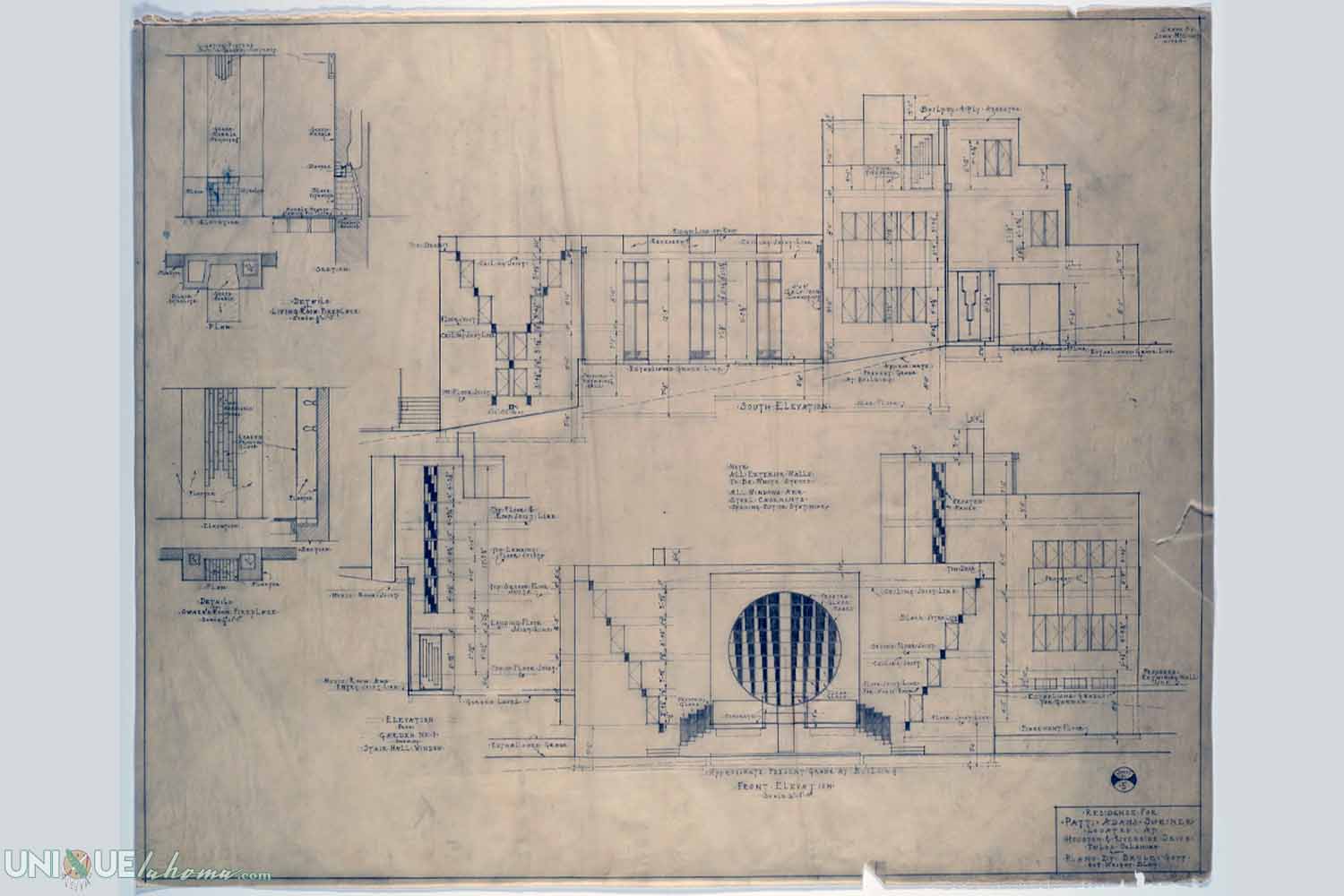
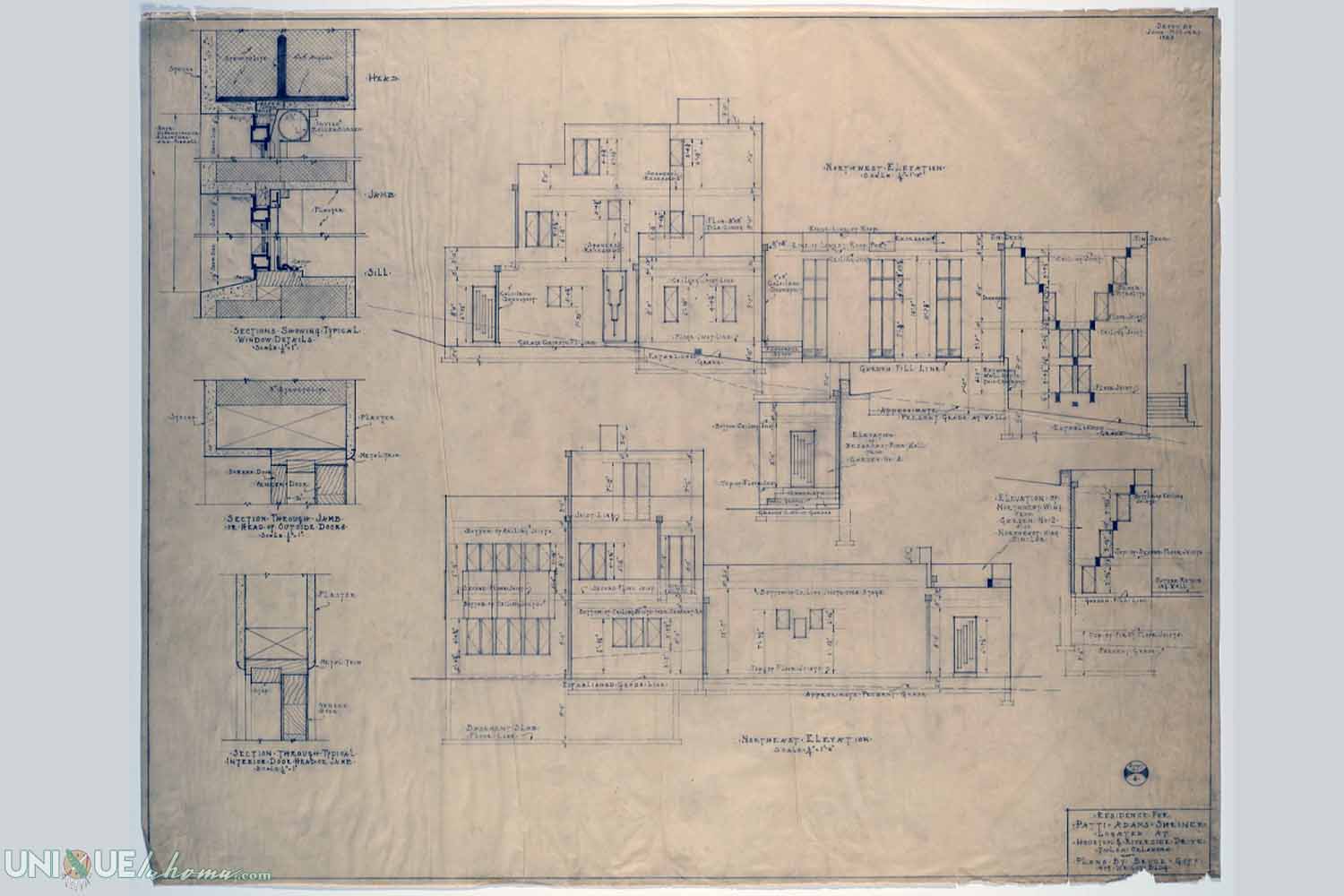
His vision for the residence had a unique design equipped with a stage, an auditorium, and living quarters. Unfortunately, the piano studio faltered in 1932 when it fell victim to the Great Depression, like many other businesses of the era. The bank took it over and rented it out to Holland Hall school from 1933 until 1938. A few years later, in 1942, a well-known local actor, Richard Mansfield Dickenson, bought the residence as his home and a speech and theatre school.
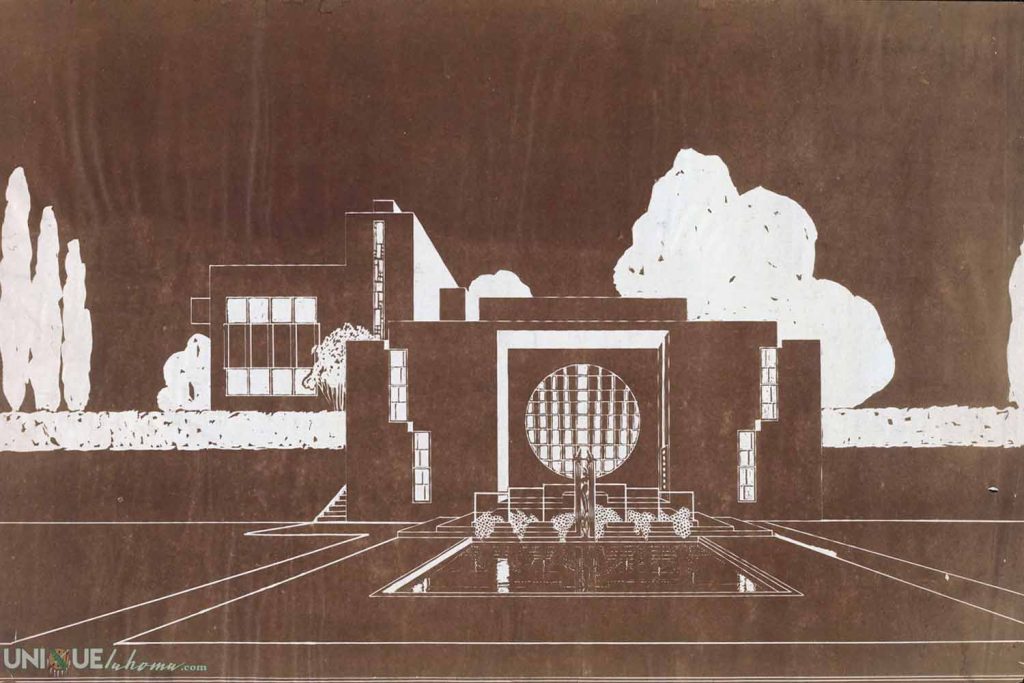
Ten years later, he would conceive an idea to help his fellow thespians who were struggling financially in a time and place that didn’t offer much to make a living in the arts. He conceived and then wrote, “The Drunkard,” an adaptation based on the stage production of “Ten Nights in a Barroom” by William W. Pratt. Dickenson had seen the performance on the west coast and decided to write his own version – taking it from five acts to three and then converting his home into what was supposed to be a short-lived theatre run of his work.
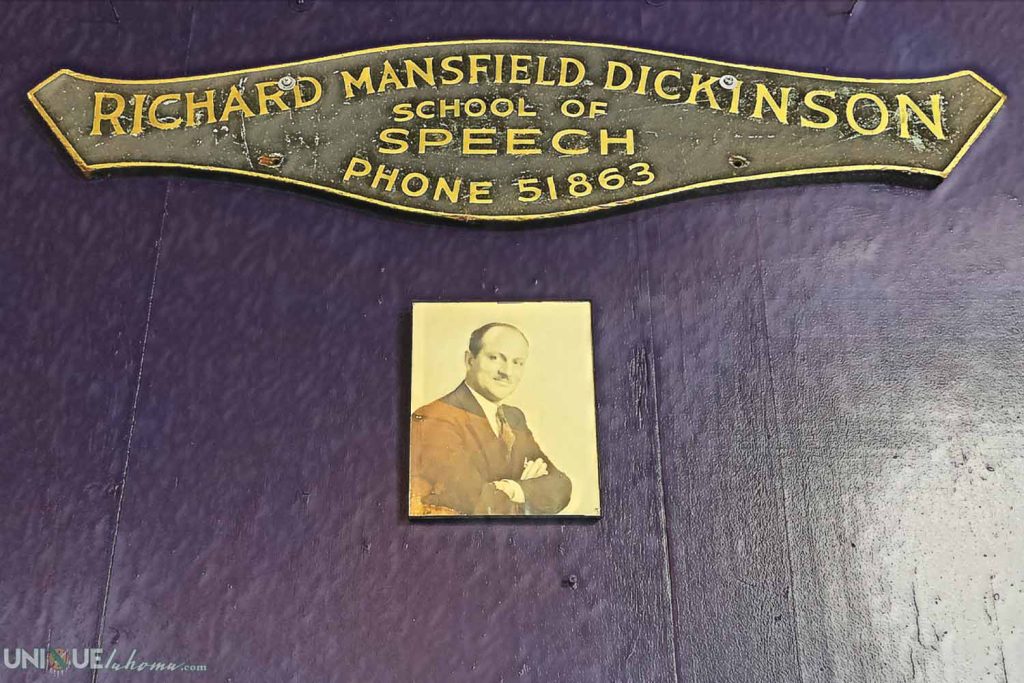
It was intended to run for eight performances that continued far beyond, giving away another sellout crowd each weekend. He had achieved his goal of helping those starving artists at the time by giving them a venue to practice their art and make a few dollars.
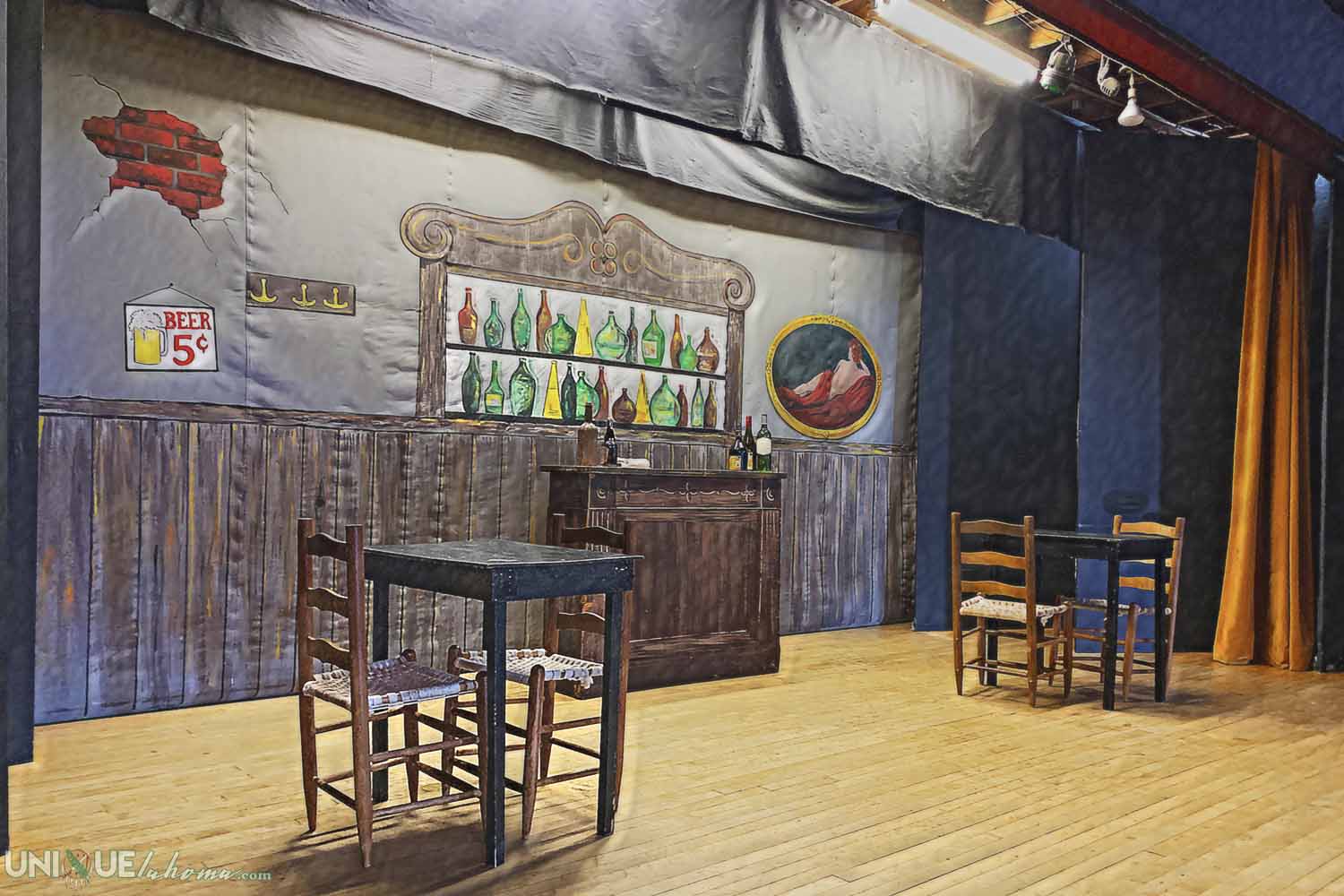
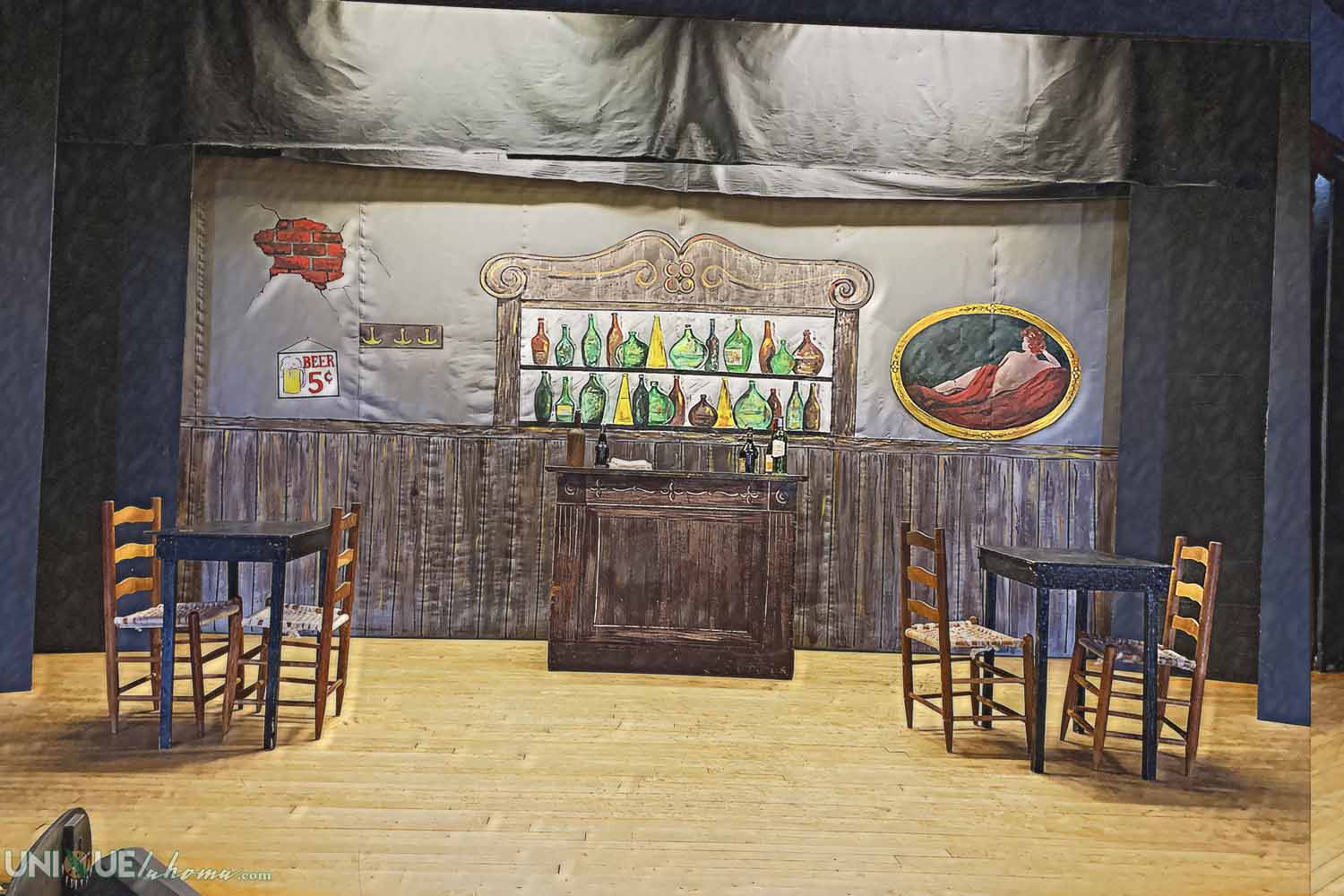
A Living History
It has been 69 years since those local actors and friends of Dickenson first took the stage. Since that time, many voices have lingered in the air through the small audiences that gathered to participate in the drama and creativity unfolding on the stage. And within that stage of art, one voice has been constant almost since the beginning. Not on the stage, surprisingly, but mainly behind the stage during production and operations. He is as much a part of this long-running story as the many local actors, directors, and musicians who have left their mark on the quaint and worn stage for almost 100 years.
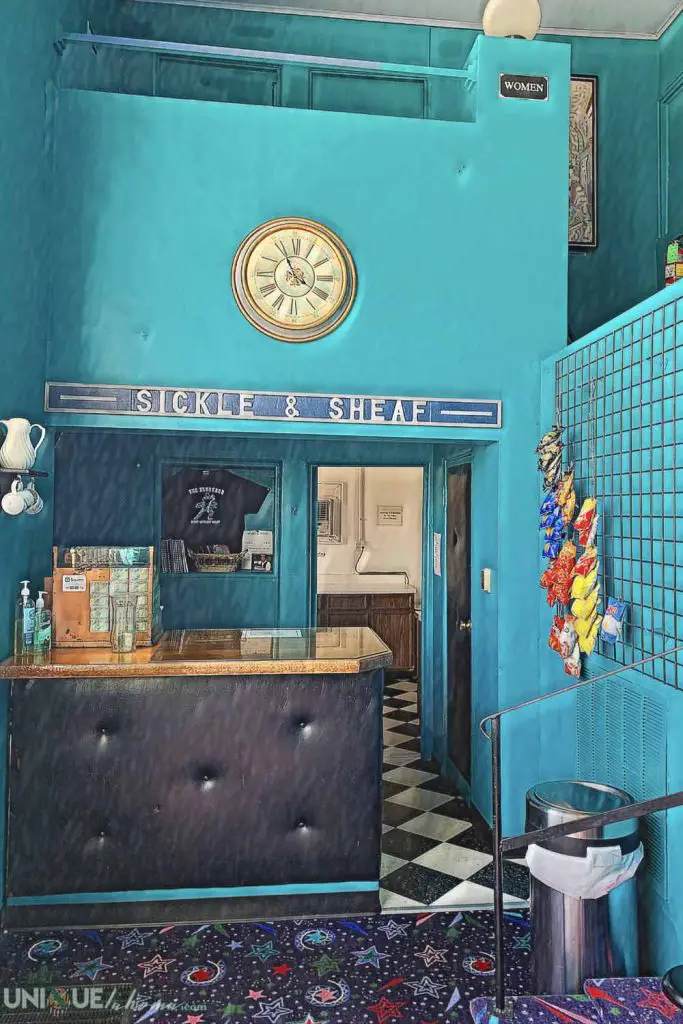
His name is Jere Uncapher, and he first entered the building that would become his career home in 1957. At that time, “The Drunkard” and “The Olio” (think variety show) had been gracing the stage for almost four years beyond its initially planned eight performances.
His grandparents were working at the Spotlight Theater and had since its inception. His grandfather was the house manager, and his grandmother worked in the office in those days. Jere and his mother would visit every summer for a couple of weeks, allowing his mother to fill in so his grandparents could go on vacation. This gave Jere the opportunity to spend time backstage with Dickenson and his mother and sister and another opportunity to tap dance during the warmup show known as “The Olio,” a series of Vaudeville acts to get the audience fired up and ready for the main attraction.
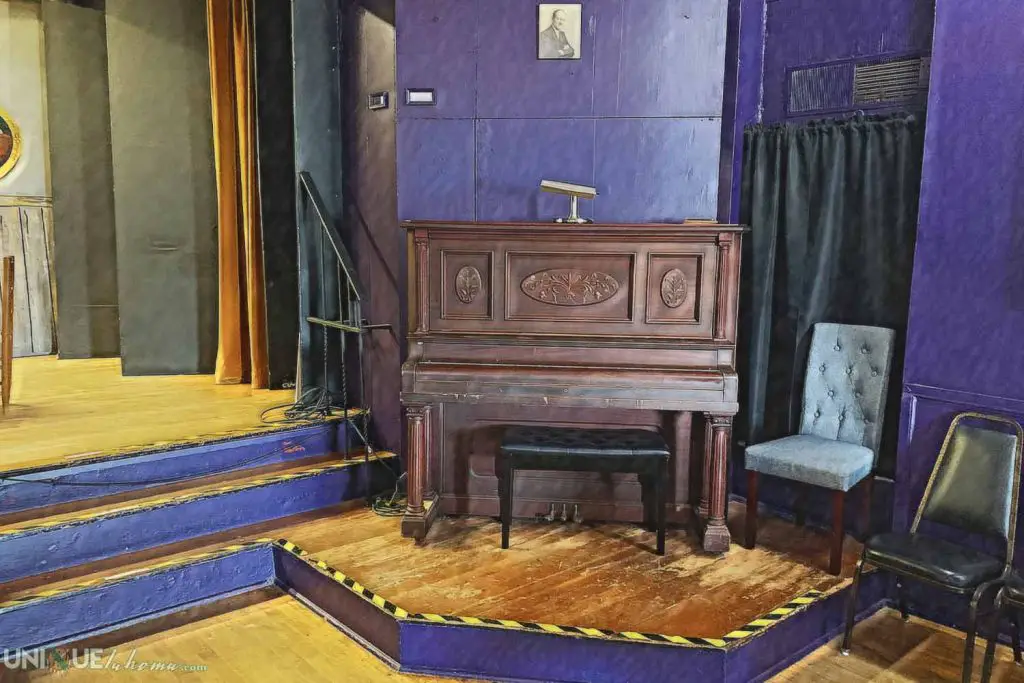
Spending time with Dickenson and the actors would be like a spectral transference that leaped into Jere’s soul, keeping him happily roaming the rooms and tiny backstage corridors for 65 years. By his own admission, he didn’t care much for acting but loved the atmosphere and learning every aspect, including operating the spotlight, rigging the ropes backstage, and stage management duties and responsibilities.
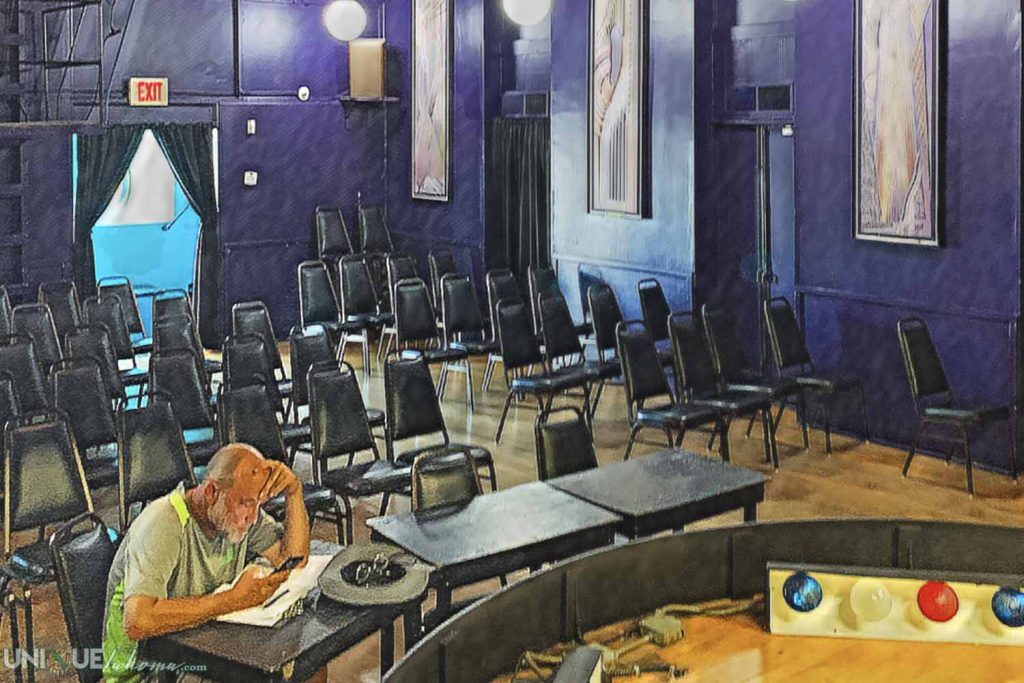
One fateful night after several years of working as a volunteer and assistant to the assistant stage manager, neither the stage manager nor his assistant showed up. He was immediately thrust into the role of stage manager. After that door swung open, he became the full-time stage manager.
Now over 40 years later, at 77, he is still in that role. He had filled in a few times for one character when the actor failed to show up for the performance, but only so the show could go on. After all, it wasn’t as though he didn’t already know all the dialogue from every character. But he always felt more at home behind the stage, away from the audience’s attention.
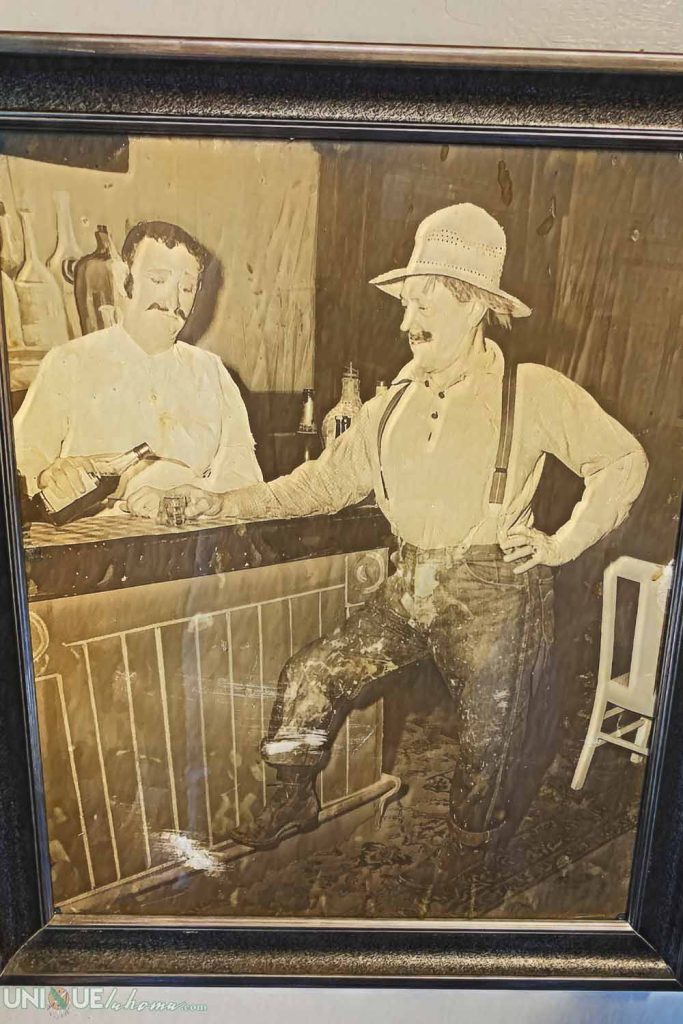
Admittedly, he doesn’t even like his photo taken. (not even for articles).
In his time at the Spotlight Theatre, Jere has seen many people come and go and the ups and downs of the theatre world. And he doesn’t regret a moment of the years he has spent in the Spotlight Theatre. He also enjoys the occasional chance meeting with those who played parts 30 and 40 years ago and their surprise and reaction of shock when they ask what he has been up to, “What?! Oh, you mean you’re still there.” It makes him chuckle every time, he said.
The Show’s Longevity
As mentioned, the initial plan was to have eight performances, allowing the actors to make a little money. The first performance on November 14, 1953, was a whole house, as was the second performance, and that trend continued. Dickinson was on to something. He had tapped into something human and natural that allowed audience participation, and it was catching on. Jere explained that Tulsa had the Little Theater, Tulsa Ballet, and the Symphony Orchestra in those days.

In other words, not much in the way of performing arts. This added venue fits nicely to help fill that void. People just couldn’t get enough of the “Boos,” “hisses,” and applause that allowed them to become one with the actors on the stage.
“We were something different and had audience participation,” Jere said. By the time he came on board in 1957 at the tender age of 12, it had become a regular show every weekend. Sixty-nine years later, it’s still going just as it was all those years ago. There was a 16-month hiatus due to the pandemic. Boo, hiss! But we aren’t counting that little part of recent history since it resumed following the pandemic. Yay!
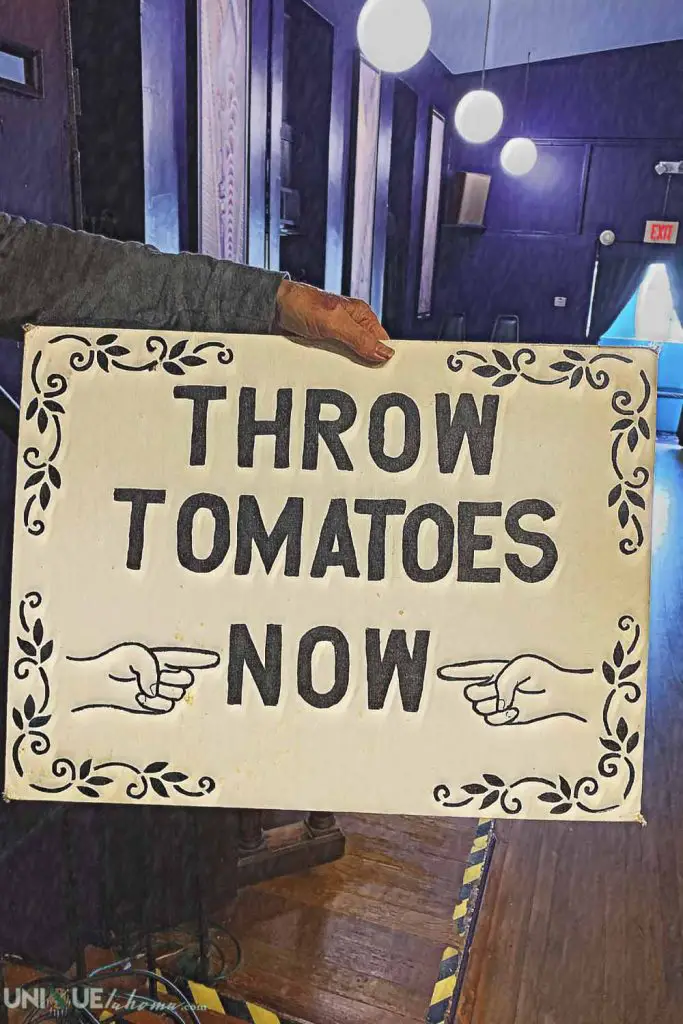
“I got the bug, so to speak,” Jere said about his longevity at the Spotlight Theatre. And it seemed many other Oklahomans have, too, as is evident from its long run. This theatre and production are a part of Tulsa’s and, to an extent, Oklahoma’s identity. And to think that one man’s vision to help a few friends turned into something that would cast a large shadow is a testament to how the smallest of good things can become the largest of great things.
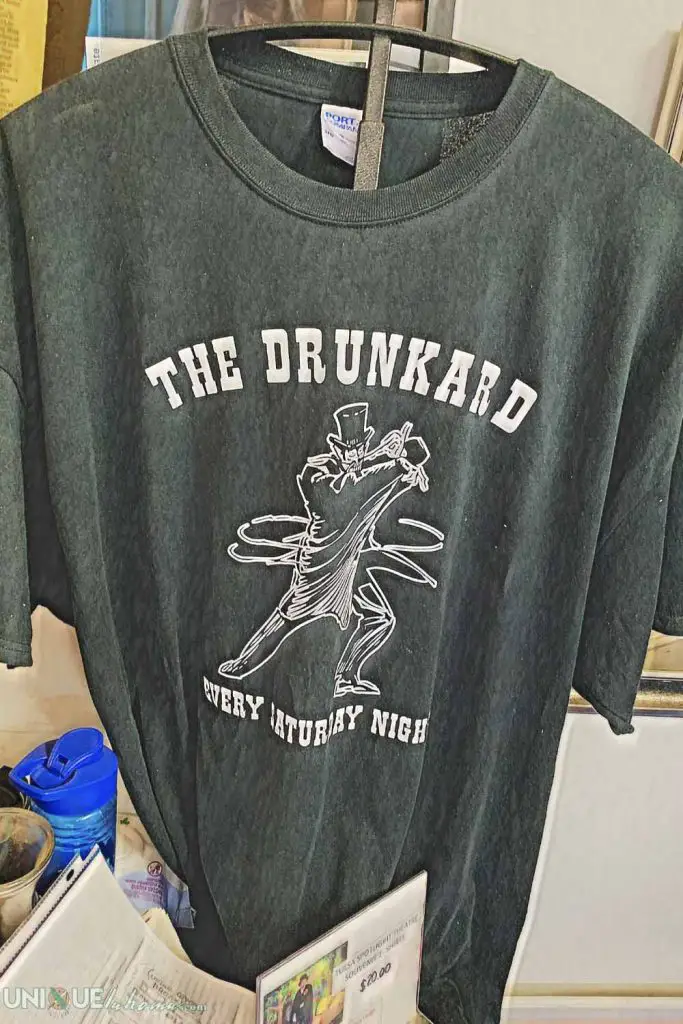
Over the years, many people have been allowed to express their creativity to others while bringing a bit of joy, laughter, and a lesson in the detriment of alcohol overindulgence wrapped in humor. Their contributions and this production are a timeless story in content and execution that take us back to a simpler time and place. And as history has shown, that place is open every Saturday night for us to take a seat, gear up our “boos” and “hisses,” and lose ourselves in the most excellent form of art, the art of humanity where everyone gets to play a part.
I have intentionally omitted specific details of the show’s particulars and plot as a courtesy to those who have not yet experienced it. For further information about “The Drunkard,” their other productions, ticket prices, merchandise, and other shows, please visit tulsaspotlighttheater.com.


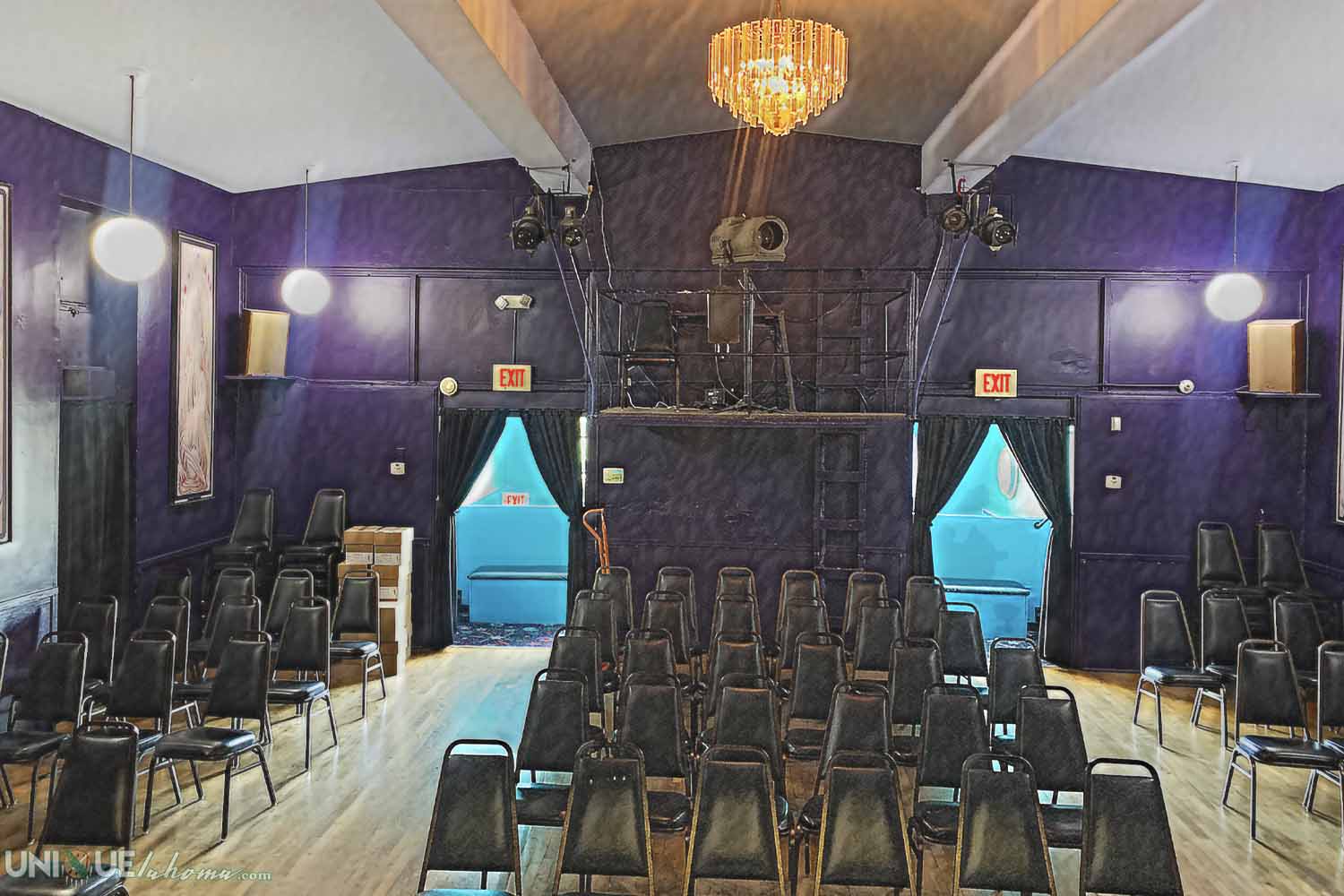


Hi Clinton. Can I get a had copy of this posting? I want to put it in my scrapbook that I am making of my life. I took speech lessons here back in the 40’s.
I know we rally don’t know each other. And you were just a little kid the last time I saw you. Tommy’s my first cousin. I’ve been following you all for sometime now and it makes me feel like I know you.
So if you can help me out here I would be very thankful.
Patsy,
I am happy to send you a copy of the article, once I figure out how to do it. Lol
Would you like me to mail it to you or email it for you to print?
Thanks so much for reading!!